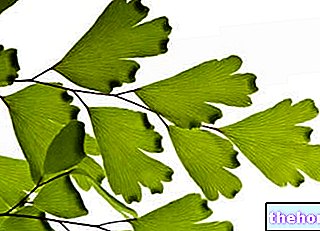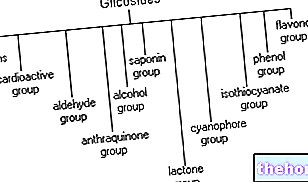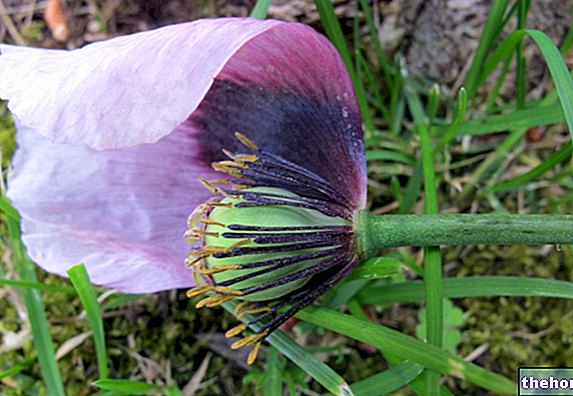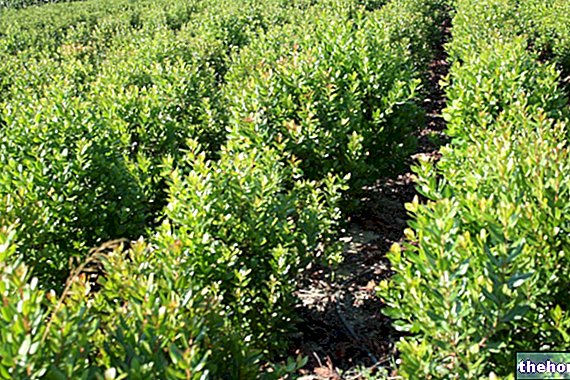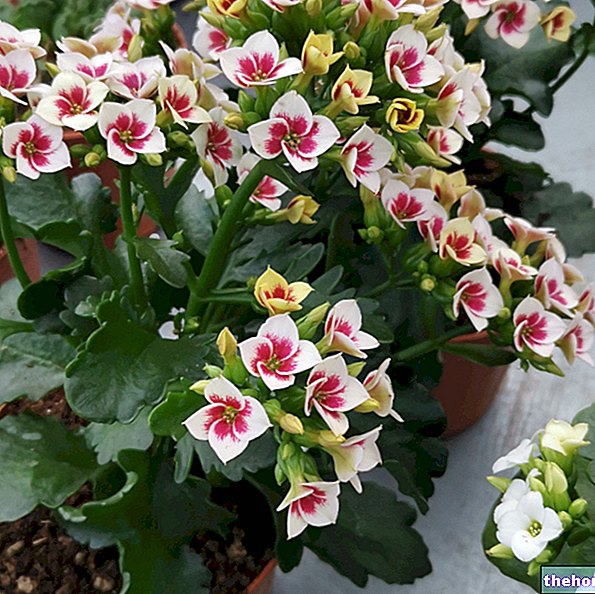CHINA AS AN EXAMPLE OF DISTINCTION BETWEEN PHYTO-COMPLEX AND ACTIVE INGREDIENT.
Thanks to its antimalarial activity, cinchona is one of the most important drugs. It is obtained from plants of the genus Cinchona sp. and the drug, represented by the bark, is of great interest from a liqueur and herbal point of view. Its importance lies in the fact that the phytocomplex and the active ingredients that characterize it, that is the alkaloids, have an extremely bitter taste.

Crushed bark of red cinchona
This organoleptic characteristic of cinchona makes it one of the AD AMARI drugs, which boast distinctly eupeptic properties. The eupeptic adjective indicates that the drug has beneficial, health, or better still normalizing properties on digestive activities; a eupeptic drug, therefore, acts on the entire digestive system and function (in particular the gastric cavity, liver, gall bladder and pancreas). China, moreover, as a drug with bitters and like all drugs with amari, is also an APERITIVE drug and here is explained its importance in the liquor field. The aperitif properties are those that determine, precisely due to the bitter taste of the drug and its derivatives, a stimulation of salivary and hepato-gastric secretion, then bile and gastric juice. An aperitif drug, therefore, prepares the digestive system to receive food and digest it.- The herbal and liqueur importance of cinchona lies in its eupeptic properties, for the herbal sector, and in the aperitifs for the liqueur sector.
To better understand the relationship between pharmacognosy - herbal products and reality, a useful example is the "China Martini", an exclusive hydroalcoholic extract of cinchona, as well as a classic aperitif product. The importance of cinchona as an aperitif or as an eupeptic lies not so much in the content in quinine, quinidine, cinchonine and cinchonidine, but in the fact that all these alkaloids, including other substances, are together; therefore, the importance of cinchona as an aperitif or eupeptic product, is due to the combination of these active ingredients which, due to their bitter taste, determine the properties previously explained.
A concept to better explain the phytocomplex discourse - active ingredient, useful for understanding why cinchona can have antimalarial properties and why a person who drinks cinchona martini cannot cure himself of malaria, is the concept of DOSAGE. The dose, the title, the standardization, that quantity of active ingredients present in the hydroalcoholic solution. Because it is one thing to talk about an active ingredient and a phytocomplex as a molecule - more molecules, an alkaloid - more alkaloids, an "activity - the same activity modulated in a synergistic way; another discourse is to talk about the healthy activity of an alkaloid (active ingredient ) or more alkaloids (phytocomplex) diluted in a solvent. The concept of dilution presupposes a certain amount of active ingredient, or a certain amount of phytocomplex, inside a solvent suitable for the health preparation and whose concentration determines the entity and the health quality of the drug and the active ingredients. The quantity and dosage of the active ingredient or phytocomplex in a solvent are directly proportional to the intensity of the effect and in some cases also to the quality of the effect; in summary, we can explain everything with the concept of dose - response.
The active principles quinine or quinidine have their own activity; the first, in the pharmaceutical field and with an adequate dosage, has antimalarial and febrifugal properties (to lower fever), while the second has antiarrhythmic properties (in the pharmaceutical field it is used as an active ingredient with cardiac activity); both act in this sense at very high concentrations, in fact we are talking about pharmaceutical fields. The situation of a liqueur product or a digestive herbal tea where cinchona can be contained is different; the active principles, first of all, are not detectable as single entities, but as a whole, that is, as a phytocomplex.
Other articles on "China: eupeptic, antimalarial and aperitif properties"
- Plants originating from America
- Pharmacognosy
- Herbal product and pharmaceutical product

